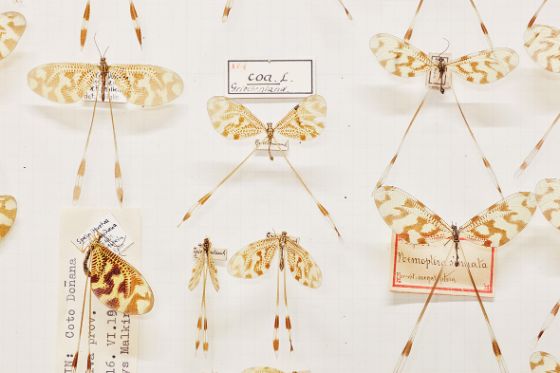RESEARCH INTO PROVENANCE
Human skeletons and mummies are by their nature a sensitive matter: we are dealing with the material remains of dead people. The Natural History Museum Basel has set itself the aim of investigating and opening to public scrutiny the origins and ways in which human skeletons and mummies were acquired and collected.
Museum collections have generally been assembled over a long period, with some collections going as far back as the 17th century. In the past, scientists did not always respect contemporary laws when acquiring the material. Only more recently have terms like 'collection development strategy' and 'collection guidelines' come into play.
Collections made in colonial times represent a particular problem. Notions of supremacy might have misled explorers so that, in the drive to acquire rare objects for their collection, they may have demonstrated a lack of human decency and and even contravened legal norms.
Today, museums are engaged in monitoring their collections and making efforts to provide information on provenance and manner of acquisition. Yet a problem exists in that documentation of the circumstances of acquisition, especially in the case of old objects, is often fragmentary. To remedy this situation, our only path is to conduct research into the history of the collector concerned. Do diaries, letters, research reports or publications provide an insight into their collecting activity? Did the collector act with integrity? Historical research is required before these questions can be answered.
The International Council of Museums (ICOM) has provided ethical guidelines as a basis for a scientifically and ethically sound collection strategy.
